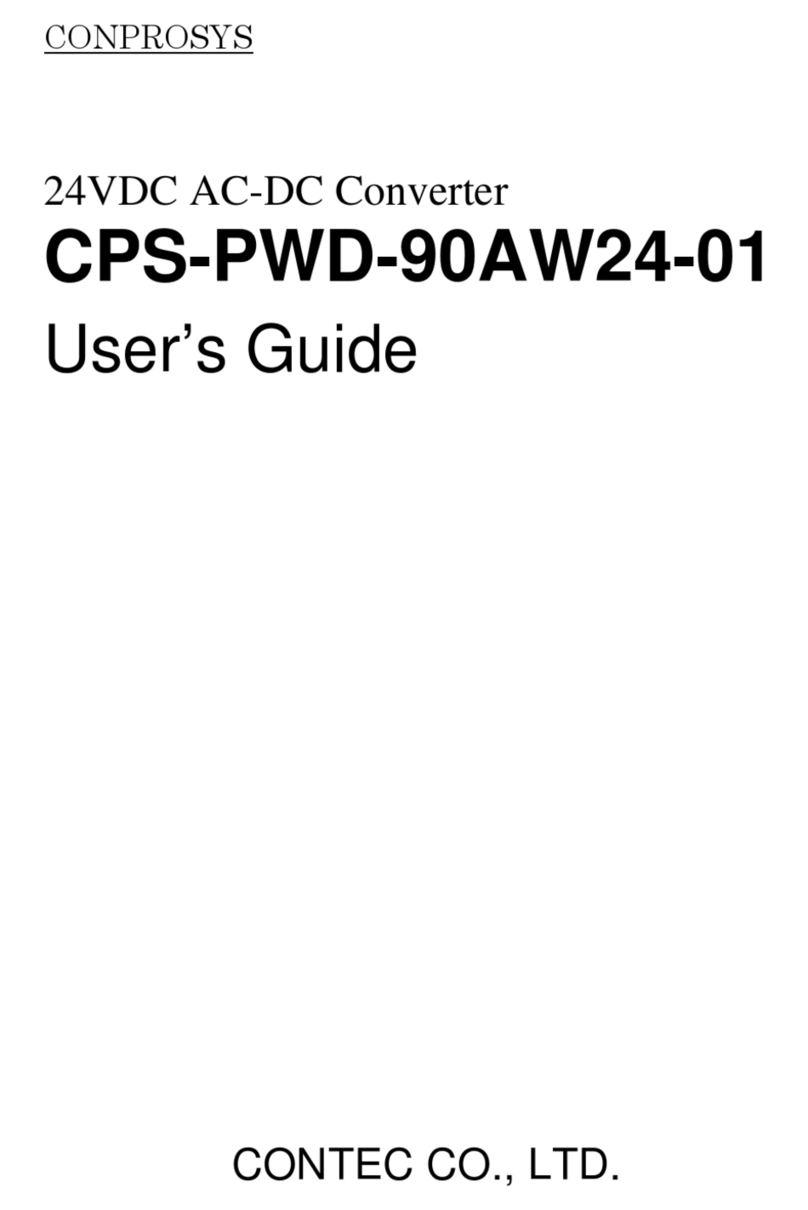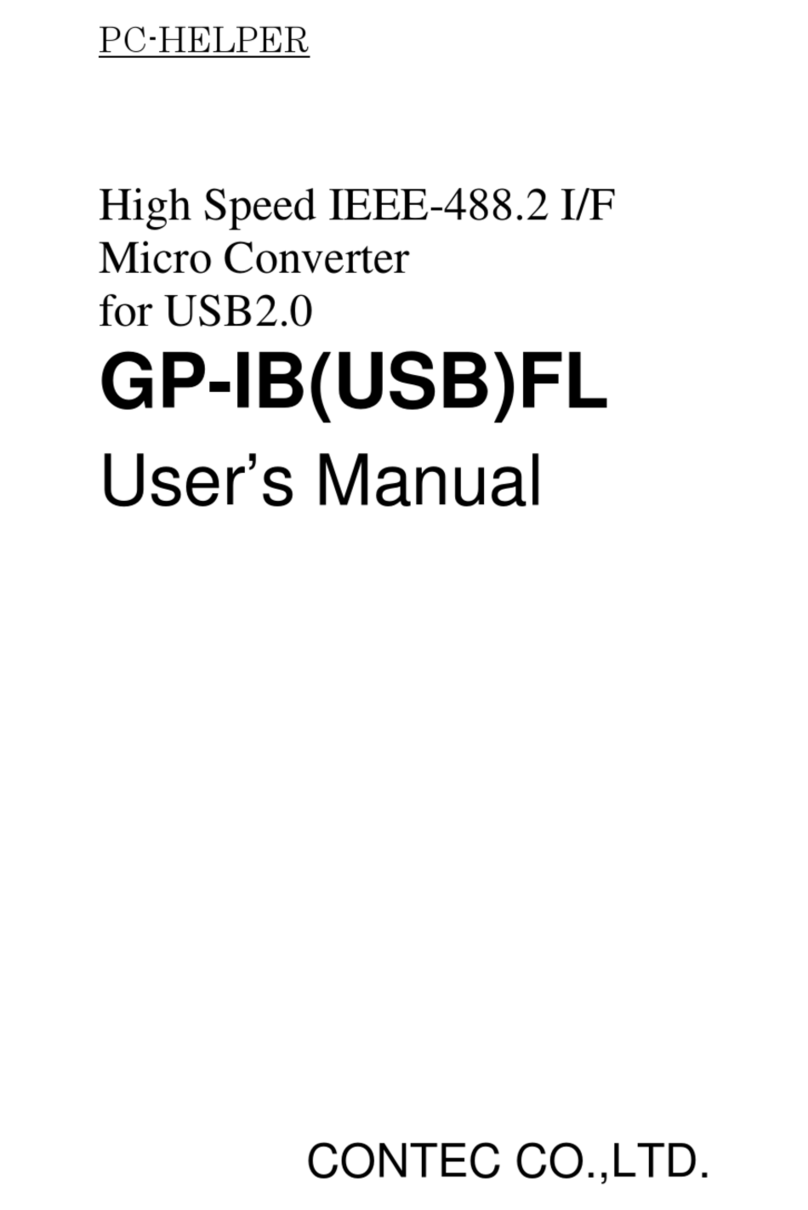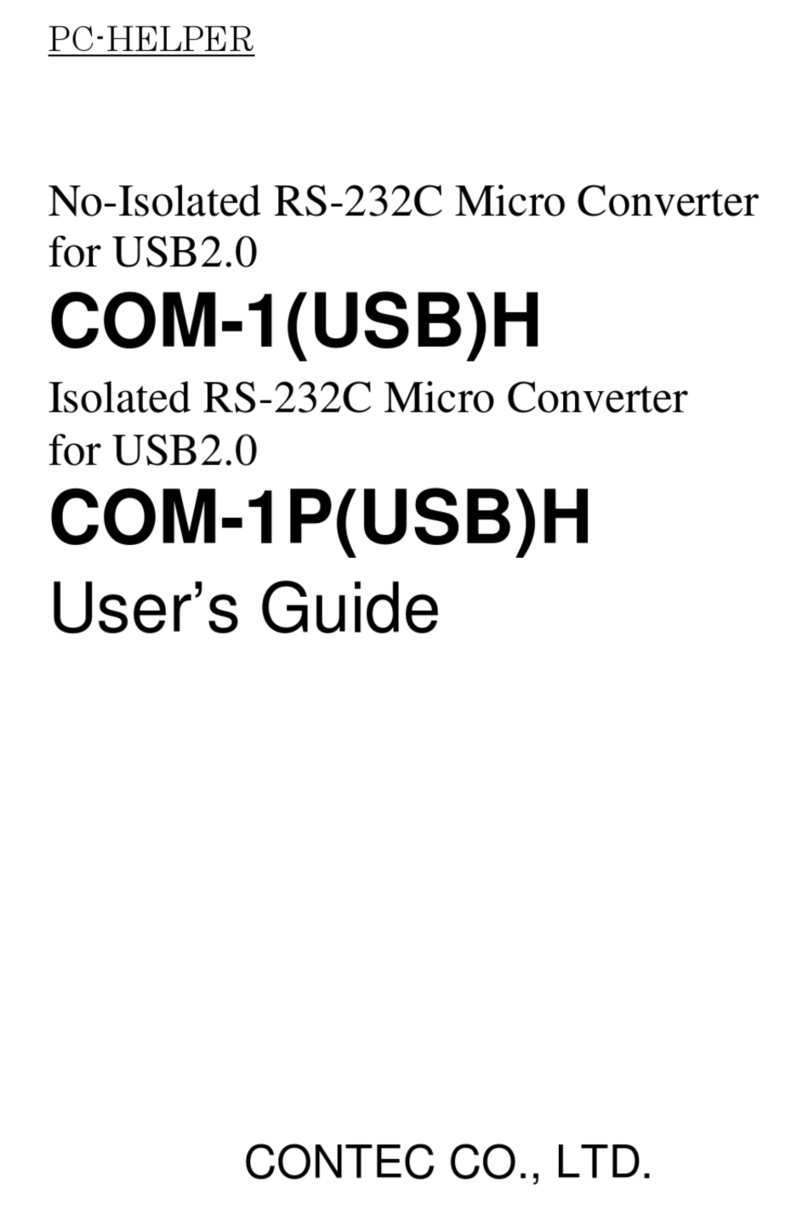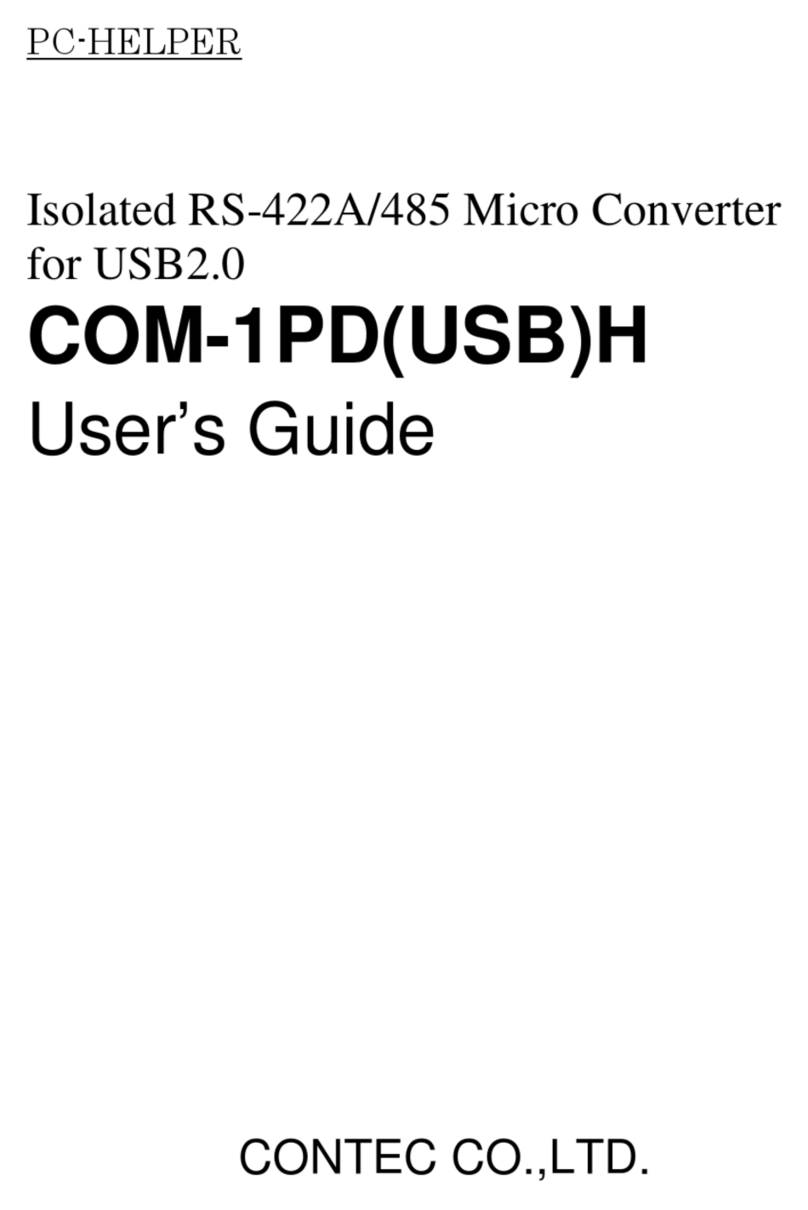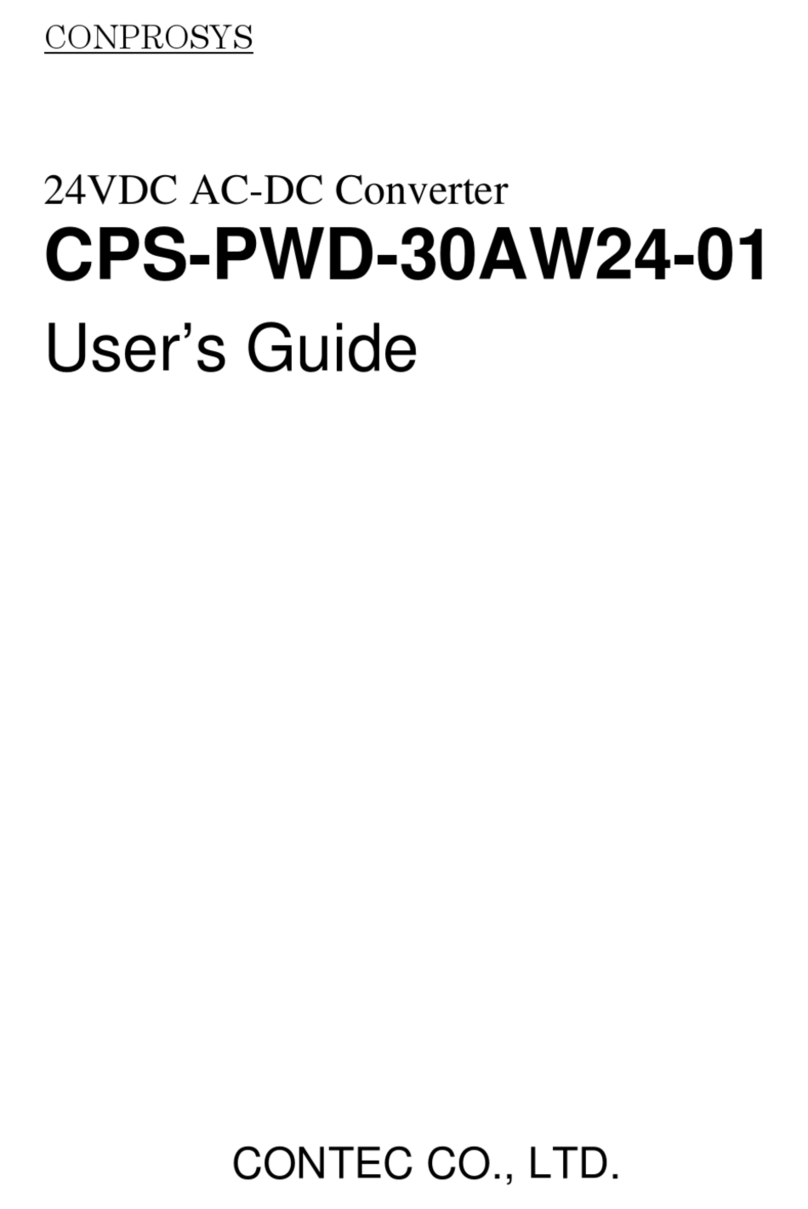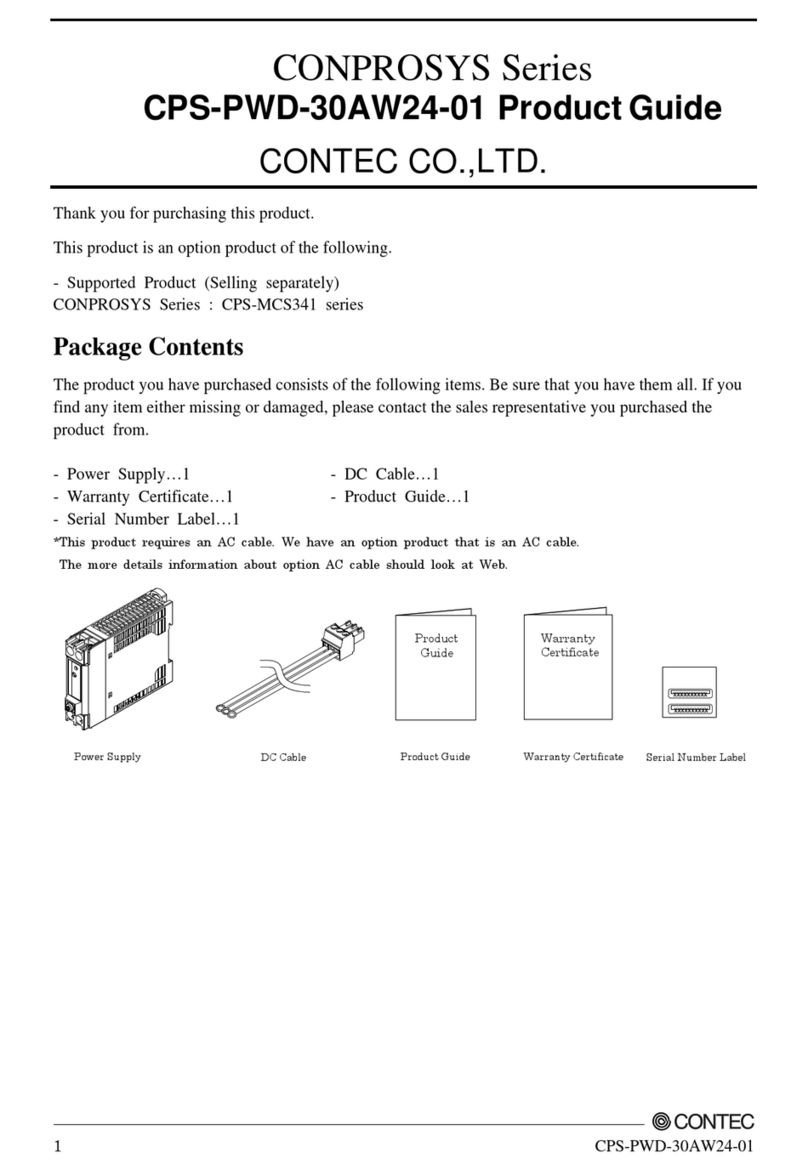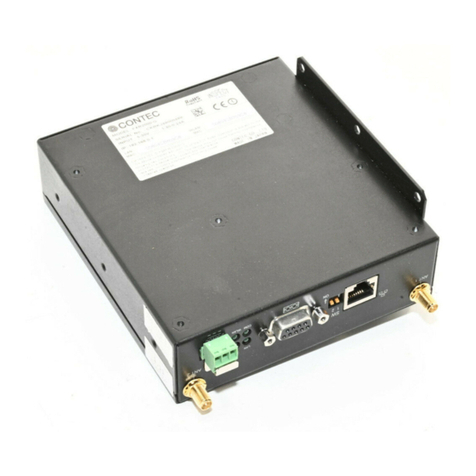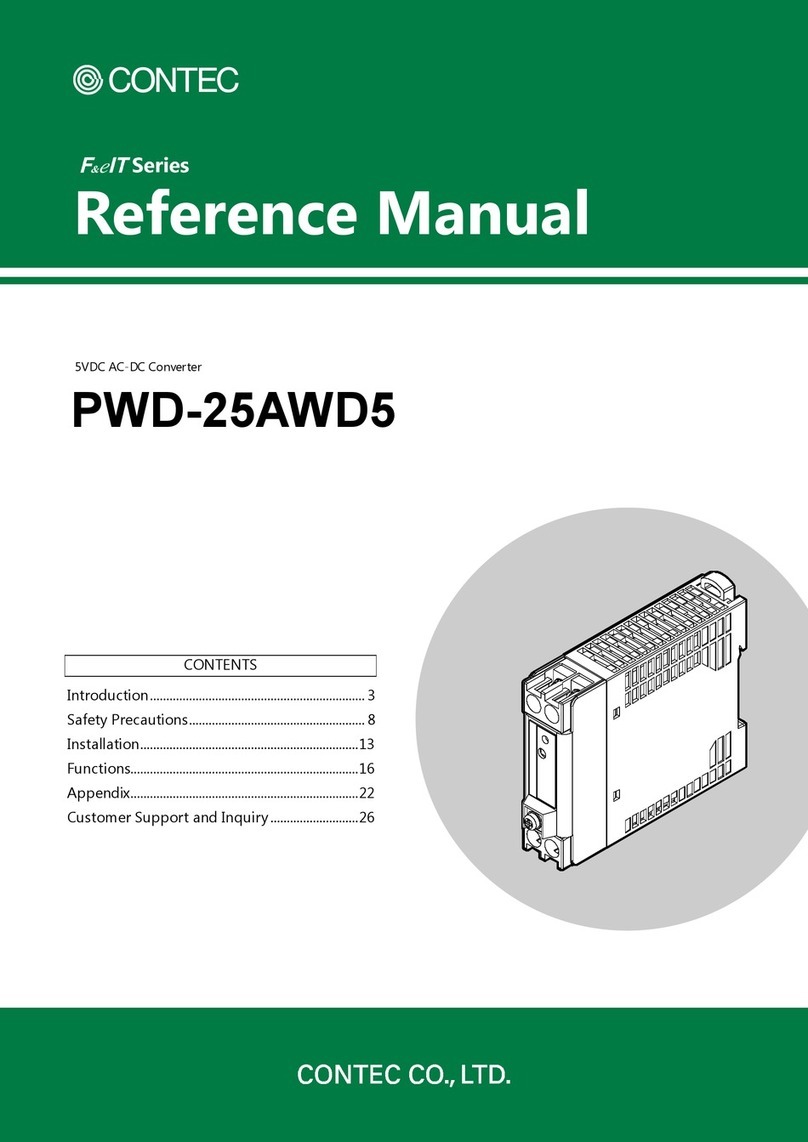
RP-COM(FIT)H, RP-COM(FIT)H-AF iii
Table of Contents
Check Your Package .............................................................................................................................. i
Copyright ................................................................................................................................................. ii
Trademarks ..............................................................................................................................................ii
Table of Contents ...................................................................................................................................iii
1. Before Using the Product 1
About the Module.................................................................................................................................... 1
Features............................................................................................................................................. 1
Support Software.............................................................................................................................. 2
Cable/Connector (Option) ............................................................................................................ 3
Accessories (Option)..................................................................................................................... 3
Customer Support.................................................................................................................................... 4
Web Site ........................................................................................................................................... 4
Limited Three-Years Warranty............................................................................................................... 4
How to Obtain Service............................................................................................................................ 4
Liability ................................................................................................................................................... 4
Safety Precautions ................................................................................................................................... 5
Safety Information ........................................................................................................................... 5
Handling Precautions ....................................................................................................................... 5
Caution on maintenance................................................................................................................... 6
Environment ..................................................................................................................................... 7
Inspection ......................................................................................................................................... 7
Storage .............................................................................................................................................. 7
Disposal ............................................................................................................................................ 7
2. Module Nomenclature and Settings 9
Nomenclature of Module Components .................................................................................................. 9
LED indicator .......................................................................................................................................... 9
MODE Switch ....................................................................................................................................... 10
ID Switch............................................................................................................................................... 11
Input-Output Interface........................................................................................................................... 12
3. Explanation in Mode of Operation 13
Virtual COM Mode ............................................................................................................................... 13
Through Mode....................................................................................................................................... 14
Modem Mode ........................................................................................................................................ 16
